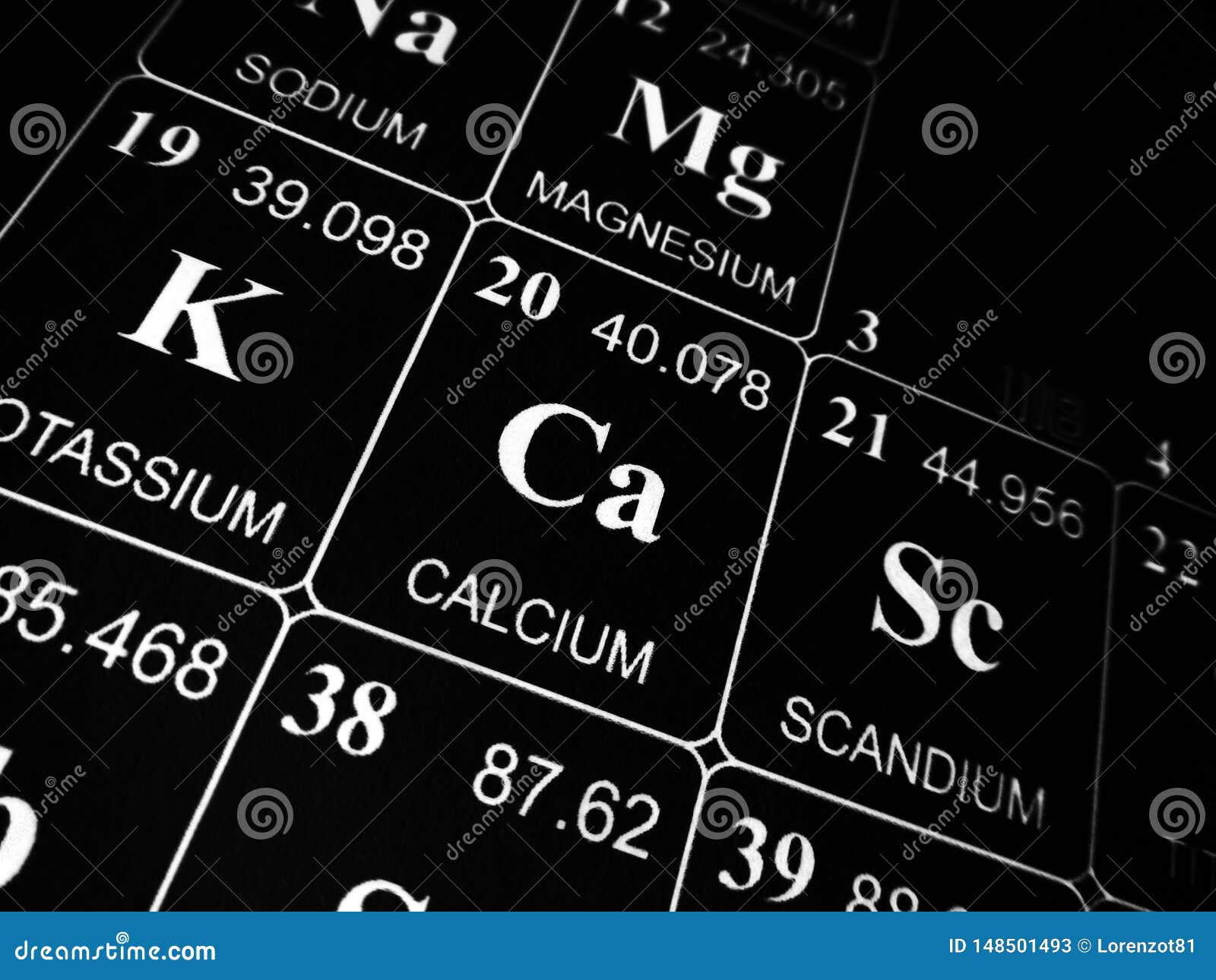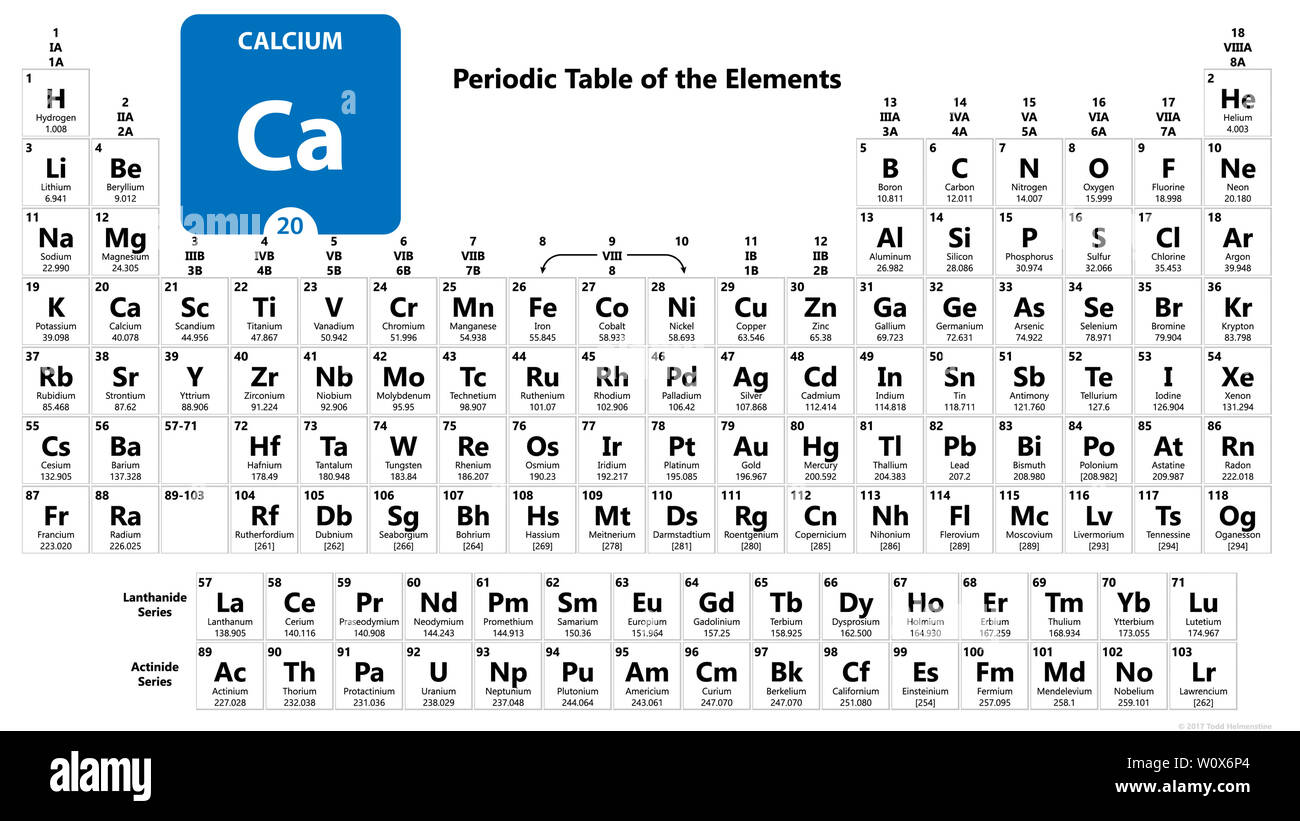

In the United States, the labels traditionally were numerals with capital letters. Groups are labeled at the top of each column. The elements are arranged in seven horizontal rows, called periods or series, and 18 vertical columns, called groups. Each box represents an element and contains its atomic number, symbol, average atomic mass, and (sometimes) name. A modern periodic table arranges the elements in increasing order of their atomic numbers and groups atoms with similar properties in the same vertical column ( Figure 2.26). The modern statement of this relationship, the periodic law, is as follows: the properties of the elements are periodic functions of their atomic numbers. (credit a: modification of work by Serge Lachinov credit b: modification of work by “Den fjättrade ankan”/Wikimedia Commons)īy the twentieth century, it became apparent that the periodic relationship involved atomic numbers rather than atomic masses. Although Mendeleev and Meyer had a long dispute over priority, Mendeleev’s contributions to the development of the periodic table are now more widely recognized ( Figure 2.25).įigure 2.25 (a) Dimitri Mendeleev is widely credited with creating (b) the first periodic table of the elements. The discoveries of gallium (1875) and germanium (1886) provided great support for Mendeleev’s work. But Mendeleev went one step further than Meyer: He used his table to predict the existence of elements that would have the properties similar to aluminum and silicon, but were yet unknown. Both published tables with the elements arranged according to increasing atomic mass. Fluorine (F), chlorine (Cl), bromine (Br), and iodine (I) also exhibit similar properties to each other, but these properties are drastically different from those of any of the elements above.ĭimitri Mendeleev in Russia (1869) and Lothar Meyer in Germany (1870) independently recognized that there was a periodic relationship among the properties of the elements known at that time.

For example: Li, Na, and K are much more reactive than are Ca, Sr, and Ba Li, Na, and K form compounds with oxygen in a ratio of two of their atoms to one oxygen atom, whereas Ca, Sr, and Ba form compounds with one of their atoms to one oxygen atom. However, the specific properties of these two groupings are notably different from each other. A second grouping includes calcium (Ca), strontium (Sr), and barium (Ba), which also are shiny, good conductors of heat and electricity, and have chemical properties in common. One such grouping includes lithium (Li), sodium (Na), and potassium (K): These elements all are shiny, conduct heat and electricity well, and have similar chemical properties.
#Calcium number on periodic table skin
Skin contact with calcium metal can cause irritation, corrosion, and chemical burns.

People and other animals can often taste the calcium ion.Calcium metal is soft enough to cut with a knife, although somewhat harder than the metal lead.Calcium salts are used to produce orange in fireworks. Calcium is used in fireworks to deepen the color.Calcium burns with a dark red color in a flame test.Approximately one third of the mass of the human body is calcium after all water is removed. Calcium is the fifth most abundant element in the human body.However, too much calcium can lead to kidney stones or artery calcification. Calcium is the main component of teeth and bones.The top three countries that produce calcium are China, United States and India.

Some of the most common compounds found on Earth are limestone (calcium carbonate - CaCO 3), gypsum (calcium sulfate - CaSO 4♲H 2O), fluorite (calcium fluoride - CaF 2) and apatite (calcium fluorophosphate - CaFO 3P or calcium chlorophosphate - CaClO 3P)
#Calcium number on periodic table free
Calcium is not found free in nature, but calcium compounds are common.Calcium is the 5th most abundant element in the Earth's crust, making up 3.22% of the earth, air, and oceans.


 0 kommentar(er)
0 kommentar(er)
